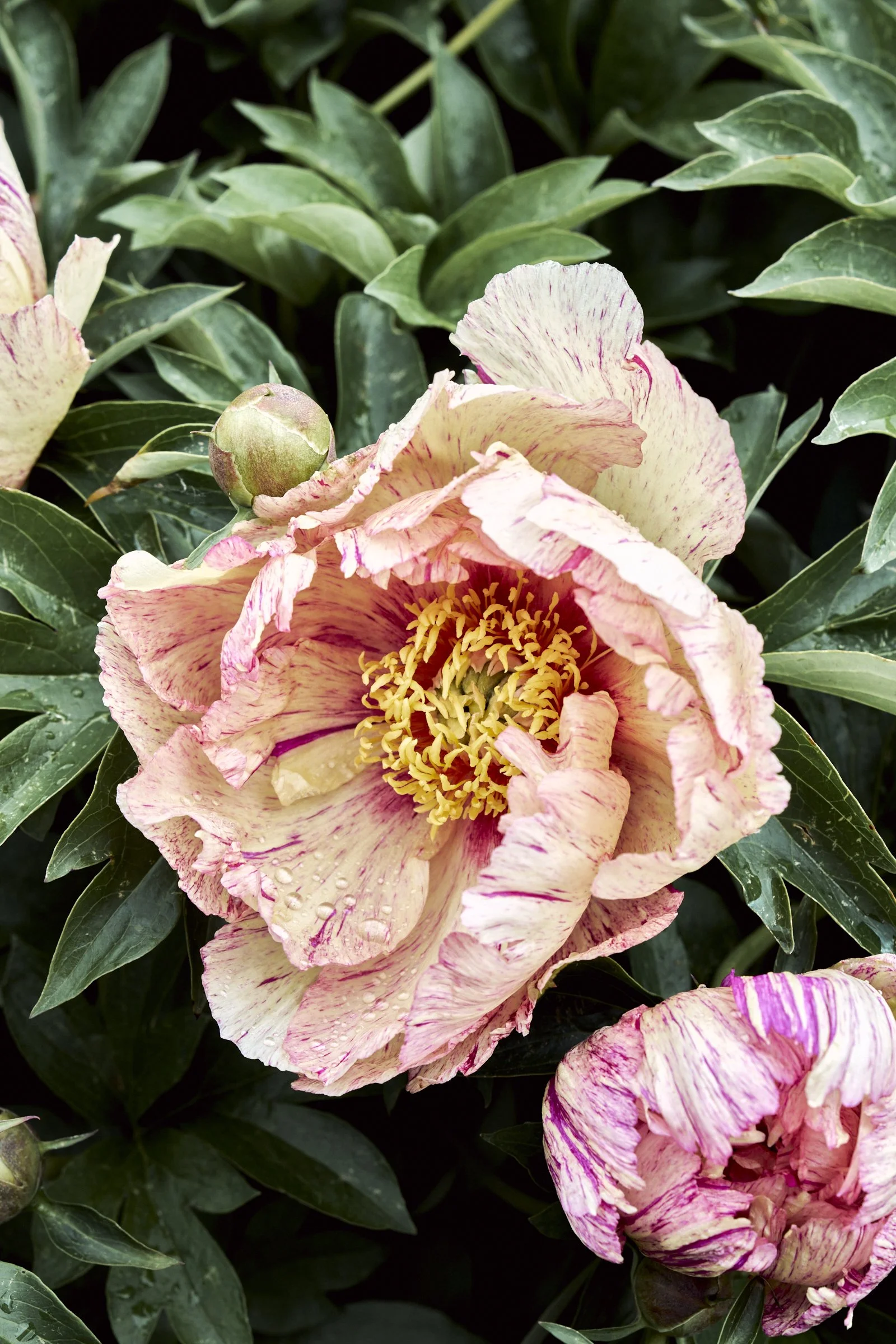Peonies
While in some countries the forever stunning peony is simply a flower to place in a vase or to give as a gift, it's a bit different in China, where—after first being cultivated for medicinal purposes—it became a symbol of beauty, wealth, honour, and love. Often seen in imperial gardens, peonies are referred to as the "king of flowers." Their history in China spans over 2,000 years, yet the name appears to have originated in Ancient Greece, linked to a student of the god of medicine, Asclepius, who cured Pluto using the root of the peony.
Around the Middle Ages, peonies were introduced into European monasteries—not so much for their beauty, but for their medicinal uses in treating stomach pain, childbirth complications, and other illnesses. It wasn't until the 18th century that these stunning flowers gained popularity as ornamental plants, particularly for decorating homes in France and England.
Today, when markets bloom with peonies of many colours, some buy them purely for their beauty, while others gift them—either to themselves or others—as a symbolic gesture. Peonies are associated with romance and love, prosperity, happiness, and good luck.
Edibility
Although the petals look gorgeous and seem like a perfect addition to cakes or food decoration, they are not recommended for consumption. It’s best to admire their beauty and skip the part that could lead to intoxication.
Keeping Peonies in a Vase
Preparation
Cut the stems at a 45-degree angle to improve water absorption. For best results, do this under running water to prevent air from entering the stems and sealing them. Always remove the lower leaves.
Vase
Always use a clean vase.
Water
Use room-temperature water—never hot. Change it daily to reduce bacterial growth. When changing the water, trim the stems again slightly at a 45-degree angle. Also, remove any wilted leaves or petals.
Best Placement
Peonies don’t like direct sunlight. Keeping them in a shaded part of the room will help prolong their life.






